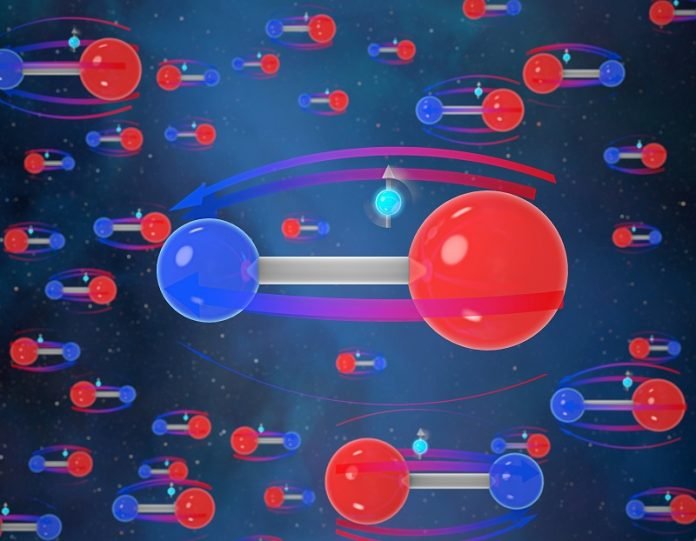
Have you ever wondered why we exist, or more specifically, why matter exists?
At the beginning of our universe, a ton of particles like protons, neutrons, and electrons came into existence, along with their evil twins – antimatter.
But as the universe got bigger and cooler, most of these particles and their antimatter twins bumped into each other, canceling each other out and leaving only flashes of light (photons) behind.
If our universe was a perfectly balanced place, with equal amounts of matter and antimatter, everything should have been wiped out, leaving only light.
But that didn’t happen!
There must have been some leftover particles like protons, neutrons, and electrons that didn’t get cancelled out, which later came together to form atoms, molecules, stars, planets, galaxies, and eventually, us!
But here’s the million-dollar question: why is our universe not perfectly balanced? Why do we have more matter than antimatter?
“If the universe had been perfectly symmetrical, then there would be nothing left but light. Why do we have this imbalance?” asked scientist Eric Cornell from NIST/JILA.
Most of our math and theories about the universe assume that it’s symmetrical. But clearly, something’s up, since we have more matter than antimatter.
So, scientists like Cornell have been trying to look for signs of this imbalance, or asymmetry, in basic particles like electrons.
Cornell and his team have just made a groundbreaking measurement of electrons, hoping to spot this asymmetry. They published their findings in the Science journal.
Here’s how they did it. Imagine an electron as a tiny ball. If this ball is perfectly round, then it’s symmetrical. But if it’s more like an egg, with one side bigger than the other, then it’s asymmetrical.
They looked for this egg-shaped asymmetry in something called the electron’s electric dipole moment (eEDM), which tells us how evenly an electron’s negative electric charge is spread out.
So how accurate were their measurements? Well, if you could blow up an electron to the size of the Earth, any asymmetry they could detect would be smaller than the radius of an atom. That’s pretty impressive, right?
To do this, they studied hafnium fluoride molecules. By applying a strong electric field to the molecules, they expected asymmetrical, or egg-shaped, electrons to shift around inside the molecule. If the electrons were round, they wouldn’t move.
Using lasers and other clever techniques, they then measured the energy levels of these electrons. If the energy levels were different, it would mean the electrons were asymmetrical.
But, after all that, they found that the electrons didn’t move energy levels, indicating that, as far as they could measure, electrons are round and not egg-shaped.
But they’re not done yet! This was just one experiment, and scientists all over the world are still on the hunt for the answer to why matter exists in the universe. So, the search continues!
“The best bet is to have teams of scientists around the world looking at different options. As long as we all keep measuring the truth, eventually, someone will find it,” said Tanya Roussy, a member of Cornell’s team.
So, stay tuned for more on this mystery of the universe!
Follow us on Twitter for more articles about this topic.



